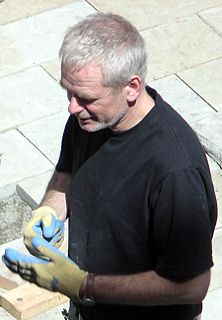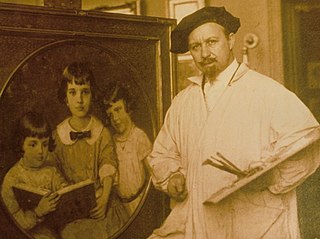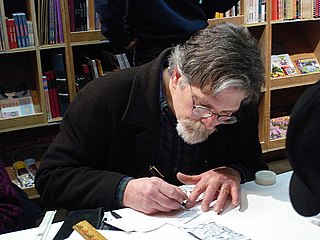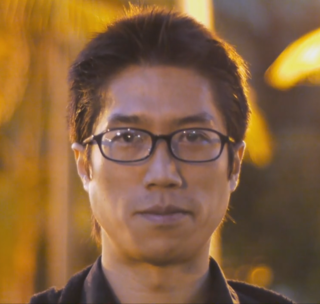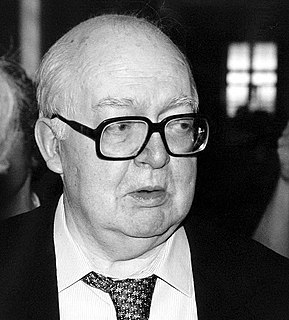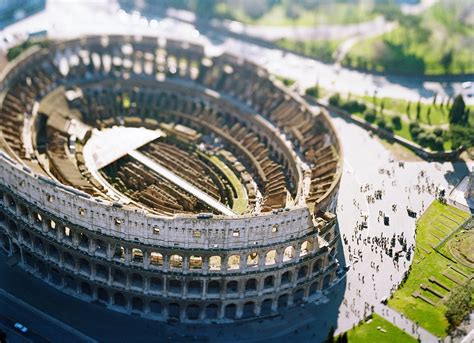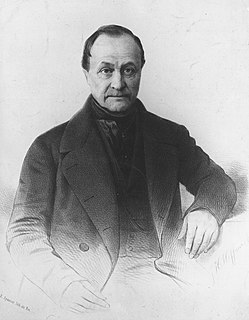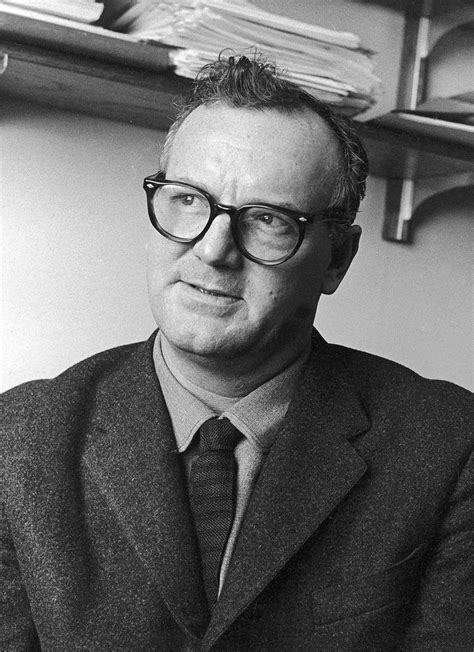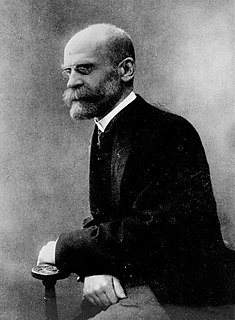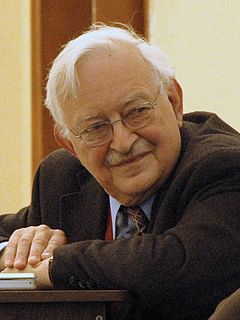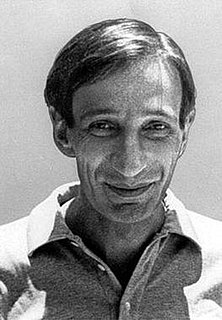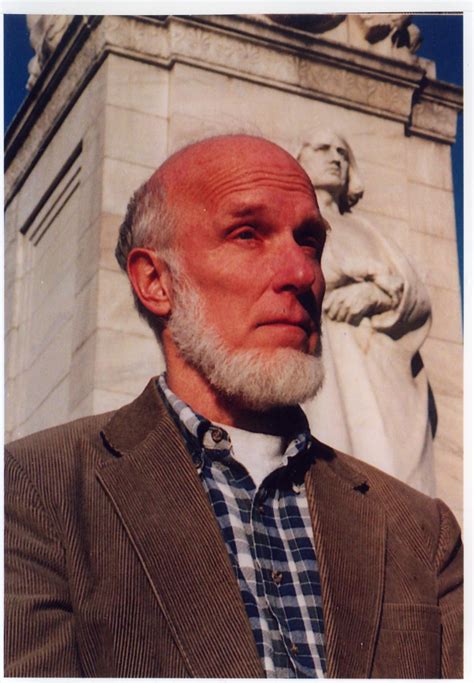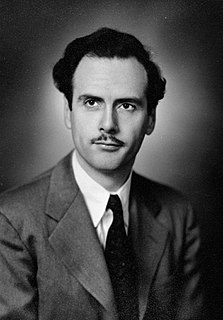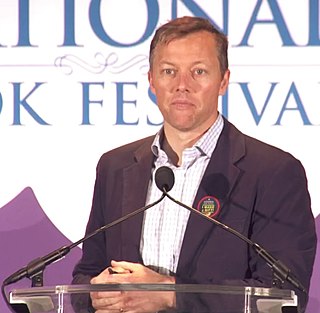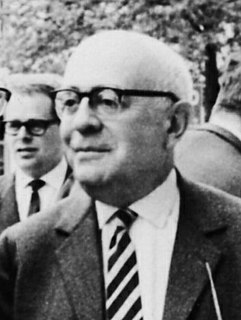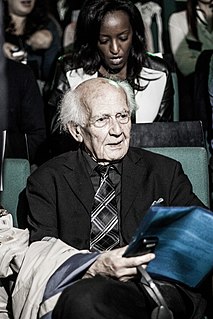A Quote by Lewis Mumford
Every work of art is an abstraction from time; it denies the reality of change and decay and death.
Related Quotes
Movement, change, light, growth and decay are the lifeblood of nature, the energies that I I try to tap through my work. I need the shock of touch, the resistance of place, materials and weather, the earth as my source. Nature is in a state of change and that change is the key to understanding. I want my art to be sensitive and alert to changes in material, season and weather. Each work grows, stays, decays. Process and decay are implicit. Transience in my work reflects what I find in nature.
The Marxist combination of materialism and determinism is fatally anti-humanistic. It denies a consciousness, a mind, that is independent of material conditions and class relations. It denies a will and volition that are capable of shaping the course of history. It denies an individuality that is not reducible to class. It denies both the idea and the reality of freedom, a freedom that is something more than the "bourgeois" freedom to buy and sell. It denies a morality that transcends class interests. And it denies the spirituality of man.
When it becomes a part of every man's thinking that a single thought can change the polarity of our entire body toward either life or death - and can likewise change its entire chemistry toward increasing alkalinity or acidity to strengthen it or weaken it - or can change the shape of every corpuscle of matter in the entire body in the direction of either growth or decay - then the medical profession will radically change both its principles and its practices with the ailment of bodies.
People for whom art is religion can say, "What I love about art is that it points to a higher reality." Well, fine, but the time comes when the smart thing for such a person to do is to let go of the fun of the art and get into the hard work of attaining and understanding that higher reality, unmixed with worldly games.
Abstract understanding doesn't mean arbitrary sloshing and messing. Abstract art is controlled visual magic based on laws and methodology. Abstraction generally involves implication, suggestion and mystery rather that obvious description. Like a good poem, a good abstraction attacks your feelings before your understanding. Abstraction within realism adds zest and excitement to otherwise dull subject matter. Abstract understanding takes time and patience.
If I wrote about "being [abstraction]" I would be ignoring existential issues (such as death, limited-time, the arbitrary nature of the universe, the mystery of consciousness) that I feel affect me most in my life and think about most of the time. Another reason is that it doesn't seem specific or accurate, to me, to write about "being [abstraction]." I think there are some other reasons.
One trait in the philosopher's character we can assume is his love of the knowledge that reveals eternal reality, the realm unaffected by change and decay. He is in love with the whole of that reality, and will not willingly be deprived even of the most insignificant fragment of it - just like the lovers and men of ambition we described earlier on.
I am no longer interested in seeing and knowing everything all at once in my work. Technically I select the area of focus and if it's possible I try to make an amalgamation of every shape and color in the picture so that it acquires a circular movement: from representation to abstraction, from life to death, and vice-versa.
I think it's more, at least at the time, a sense of abstraction. My mind doesn't really work in a way where there's a definitive sense of something. I go one way and then it opens up into a million different ideas, and somehow, when you look at the art, Buddhist art, or particularly Tibetan art, you know, it's a similar thing. All of a sudden there are a million lotus leaves and you're following one to the next and to another, and I related to that, and it felt simple and easy to me. And it made me feel smart.

